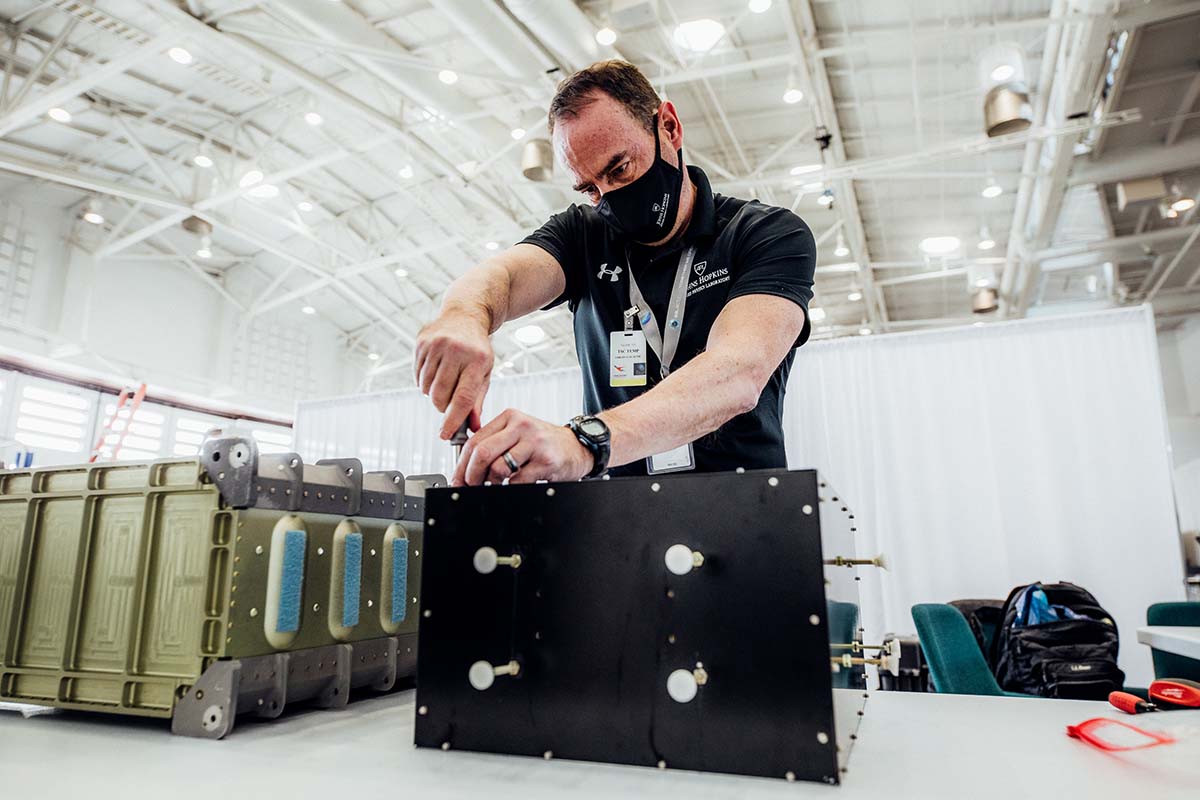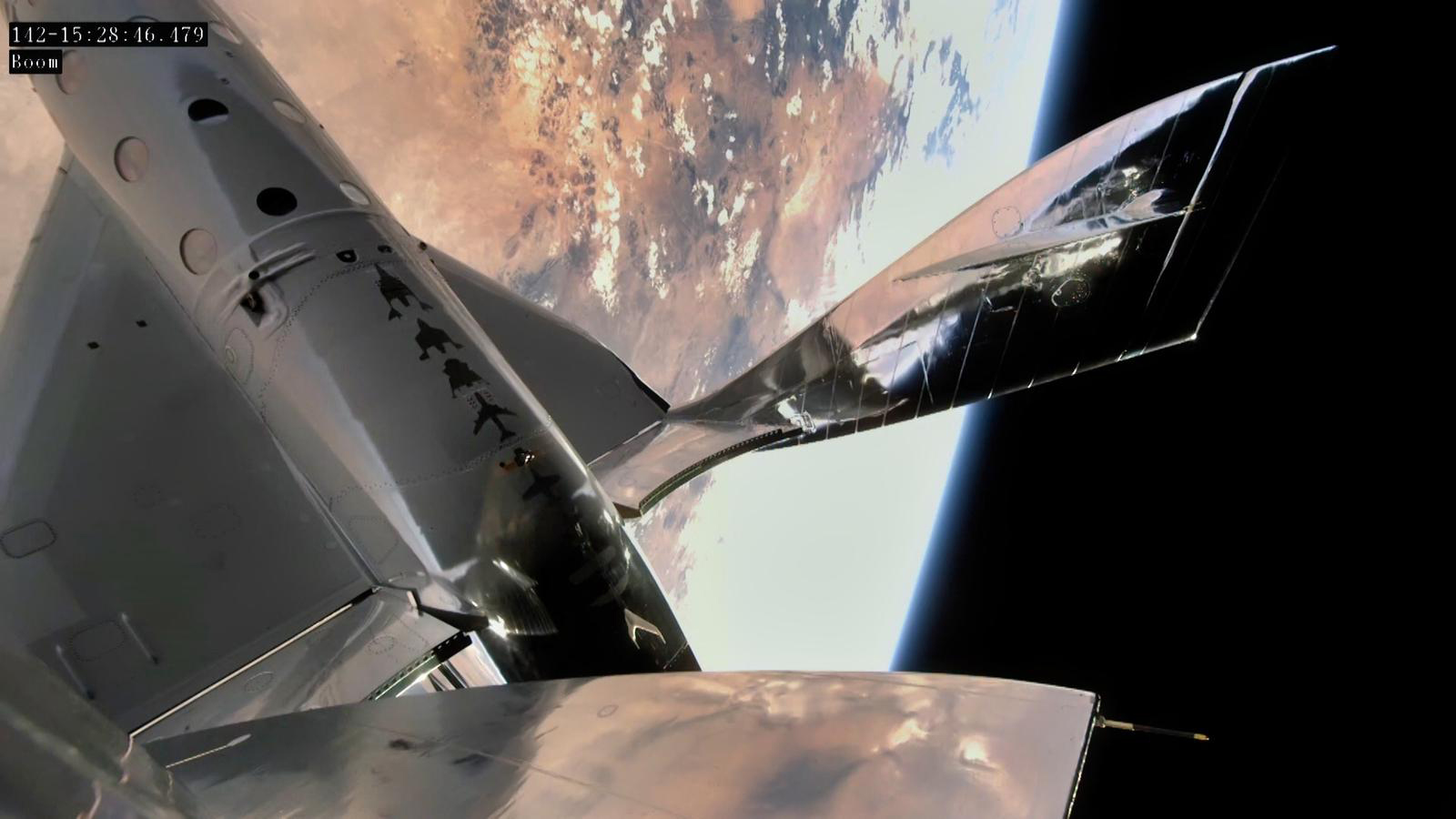News
Johns Hopkins APL Space Sensor Package Passes Latest Flight Test
As Virgin Galactic’s VSS Unity roared to the inner edge of space on May 22, APL technology was at work within. It was another successful flight for the JHU APL Integrated Universal Suborbital (JANUS) platform, a sensor designed to observe the conditions inside suborbital space vehicles.
For this flight, JANUS characterized the electromagnetic field environment inside Unity, and looked at the potential effects of strong external and internally generated fields on the spacecraft and its payloads.
It was JANUS’ second flight on a Virgin Galactic craft and eighth overall, having also flown on five Blue Origin and one Masten Space Systems craft. Aside from helping assess conditions for eventual passengers, said JANUS principal investigator Todd Smith, the data will enable payloads designed to make scientific observations of Earth’s magnetic field to cancel out interference from the spacecraft.
Most of the flights, including the latest, have been funded by NASA’s Flight Opportunities program. With the information about conditions inside the spacecraft, JANUS also studies the lower ionosphere encountered at suborbital flight altitudes — about 50-60 miles — and how it may impact the performance of the spacecraft and their onboard technologies.
With features such as power, data storage and ambient environment characterization, JANUS can be slotted into a range of missions — on a Blue Origin flight last October, for example, the researchers connected JANUS’ advanced GPS receiver to the New Shepard capsule’s antenna, enabling it to provide precise real-time payload position and velocity information along with atmospheric measurements.
“We learn more and more with each flight,” said Smith, of APL’s Space Exploration Sector. “We are developing a very capable instrument that is going to provide valuable information for scientists and instrument developers, as well as space pilots and passengers.”

